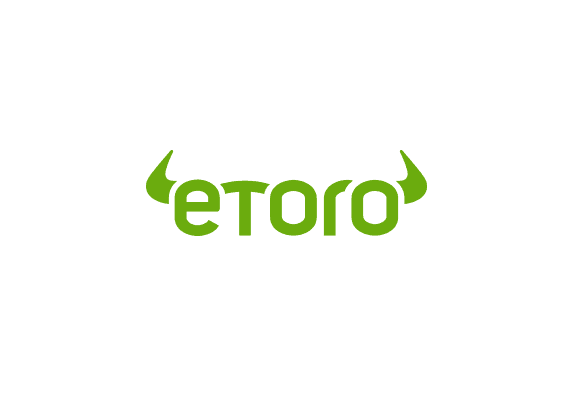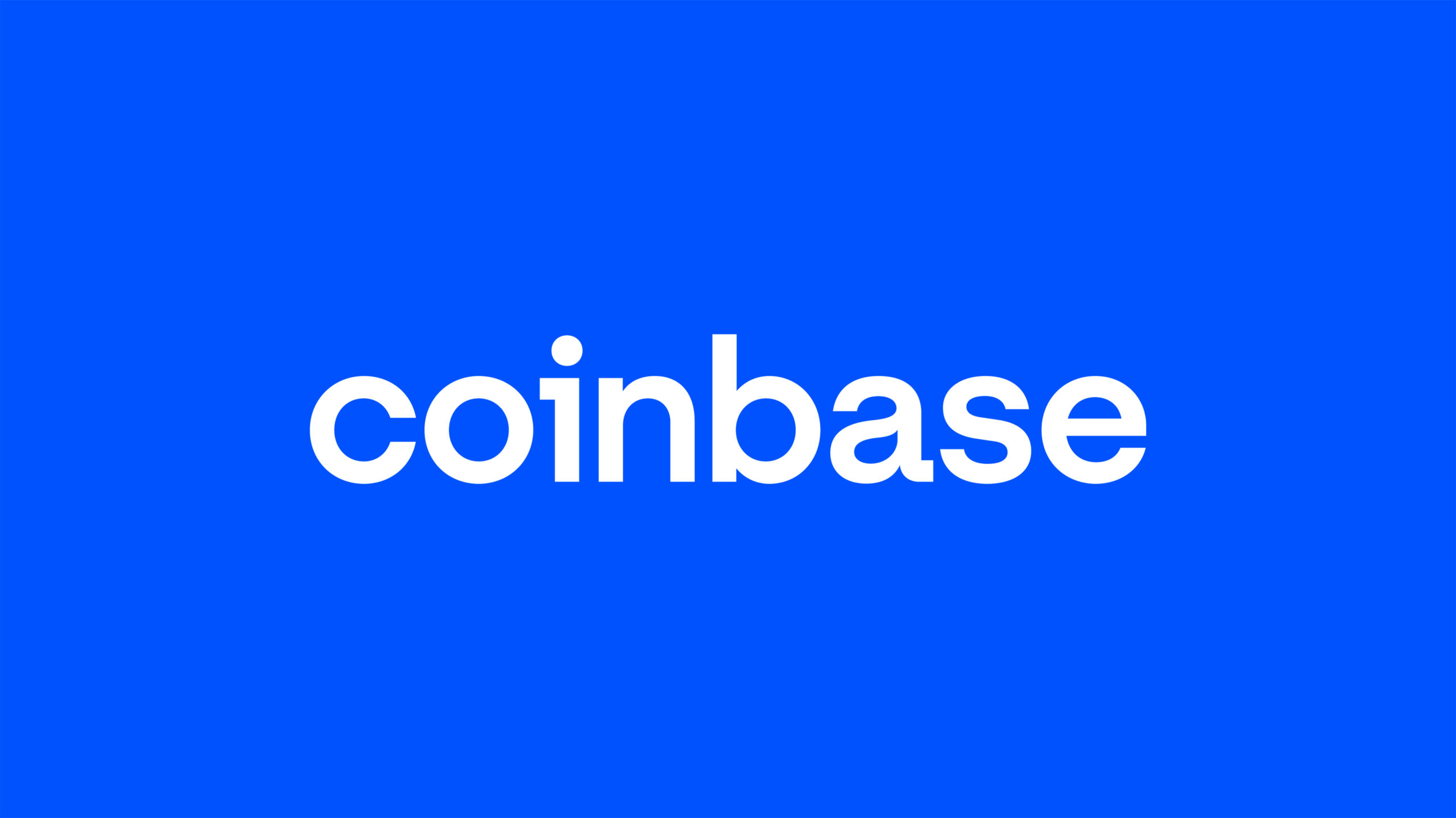Crypto staking
With crypto staking, you store crypto coins while getting a return on them. This is similar to interest in your savings account. By staking a cryptocurrency, investors sometimes make an attractive return in a relatively safe way. Here, you can read more about fees and the best platforms for staking.
Investing in cryptocurrencies, including staking, comes with risks. You may (partially) lose your deposit.
Content:
- How to stake crypto
- How to validate transactions
- Which coins can be staked?
- Risks and returns
- Rewards per platform
What is crypto staking?
 Cryptocurrency staking means storing crypto in exchange for staking rewards. It is a form of passive investing: you can buy crypto because you hope for price gains, but the return on crypto staking is a kind of interest or dividend, growing your stake in a currency.
Cryptocurrency staking means storing crypto in exchange for staking rewards. It is a form of passive investing: you can buy crypto because you hope for price gains, but the return on crypto staking is a kind of interest or dividend, growing your stake in a currency.
Like interest you receive in a savings account, staking brings passive income. The rewards of staking are in crypto, growing your investment in crypto without buying new crypto-coins yourself.
By staking crypto, you are setting it aside temporarily, in exchange for a reward.
How can you start staking cryptocurrencies?
To stake cryptocurrencies, you will need to hold them in a digital wallet or on the platform of an online crypto broker. Well-known crypto platforms that offer staking are Bitvavo and Finst. There are also staking services that you can link to your wallet, like Exodus.
Bitvavo started in 2018 and is the leading crypto exchange platform in the Netherlands and active in 27 European countries. You can invest in more than 250 cryptocurrencies. The platform offers low trading fees, a very complete exchange and easy-to-use staking program.
If you want to trade and invest all by yourself eToro is currently Europe’s online brokerage champion. You can trade in stocks, commodities, crypto and other currencies. Templates allow you to invest directly in a variety of sectors. Don’t invest unless you’re prepared to lose the money you invest.
To stake on-chain, the minimum is usually higher. For Ethereum, you have to stake a minimum of 32 ethers. Also, with staking, you block trading in it. Platforms often partially resolve these restrictions for a portion of the reward. Sometimes you can even continue trading the coins that you are staking.
With most cryptocurrency brokers, all you have to do is set up that you want to stake crypto and they take care of the rest for you. Like the reward you receive for crypto staking. Sometimes they still require a minimum amount that you have to stake, but usually it is lower on platforms.
How to validate transactions with staking
 Digital currencies work with blockchain-technology, which is a universal logbook spread across different computers. The coins in your wallet contain data from the blockchain that allows it to verify transactions.
Digital currencies work with blockchain-technology, which is a universal logbook spread across different computers. The coins in your wallet contain data from the blockchain that allows it to verify transactions.
By staking, you improve the reliability of the blockchain network. The stores crypto serves as a guarantor (stake). As a validor, with on-chain staking, your data helps verify transactions.
This process of approval is also called Proof-of-Stake (PoS). In case of fraud, you lose your stake, and all transactions in a blockchain are public and validated by a large number of validators with complicated algorithms and formulas. This makes it virtually impossible to fake them.
For verification, during the staking period, you only need to put in a certain amount of crypto as a deposit. Once enough different parties approve the transaction with their retained crypto, a new block is created on the blockchain. A new entry in the ledger, in other words.
Staking is a way to validate crypto transactions. You receive a reward for that.
Why stake crypto?
Cryptocurrency staking is a passive way to make extra money from your cryptos. If you bought cryptocurrencies as a long-term investment, then staking can build up extra returns over time. This means that the risks of crypto staking are lower than trading coins, but the returns might still be attractive.
Staking does not require extensive technical knowledge. It happens all on its own through your wallet or crypto platform. All you have to do is buy and hold crypto. As a result, you do not need to closely follow the highly fluctuating crypto market or immerse yourself in the latest coins.
Crypto staking is a more passive and sustainable way to generate returns.
Which coins can be staked?
Not every coin can be staked. PoS is a relatively new phenomenon: just a few years ago, no cryptocoins could be staked. A growing number of coins are now offering staking rewards. Several online brokers now offer crypto staking as a form of investing.
Ethereum, one of the largest cryptocurrencies after bitcoin, switched to staking in 2022. This has given a huge boost to the PoS market. Other well-known cryptocoins offering staking rewards include cardano, EOS, tezos, cosmos and polkadot.
Next to those, there are several dozen other cryptos that offer staking. Although there are major differences between platforms. Often they only offer a selection where you can activate staking.
One of the largest cryptocurrencies, ethereum, has switched to staking as of 2022.
Crypto staking versus lending
With crypto staking, your coins are temporarily locked in your wallet, on the blockchain. For this, you receive a reward. Another way to gain a passive income from your crypto currencies is crypto lending.
With crypto lending, you also submit your coins to a platform, but they are then lent out by a lending platform to borrowers. These include companies that, instead of a bank loan, raise funding with cryptocoins. The borrower then pays interest, giving you a passive income in this way as well.
Lending coins does carry some risks. If the borrower goes bankrupt, you lose your coins. In staking, you run the risk of your coins becoming worth less, making them less exchangeable. However, you still remain the owner over those coins.
Rewards on staking
You can gather returns on staking with less risk than most other crypto investments. The reward depends on how and where you stake. Most crypto brokers offer a fixed percentage. We have listed interest on five popular coins on a few well-known platforms (January 2024):
| Currency | Bitvavo | Coinbase | Kraken | Bitpanda | Finst | Coinmerce |
| Ethereum | 3,20% | 2,94% | 1-4% | 3,00% | 3,30% | n/a |
| Solana | 5,50% | 5,01% | 2-4% | 4,00% | 5,60% | 1,00% |
| Cardano | 2,05% | 2,04% | 3-6% | 2,00% | 2,25% | 1,50% |
| Cosmos | 8,00% | 9,22% | 6-10% | 10,00% | 10,00% | 3,50% |
| Polkadot | 0,00% | 6,92% | 7-11% | 10,00% | 7,50% | 4,00% |
A big advantage to staking with crypto brokers is that your investments are often pooled with other stakers. Investments are bundled, which allows you to participate with smaller amounts. Often, you can easily turn staking on and off. This keeps your coins tradeable.
If you are staking without platforms, the compensation for it is often variable. Not only is the value of the cryptocoin influential, volumes sometimes play a role as well. If only a small amount of a cryptocurrency is fixed, the reward increases so that more stakers will join. If the stake is high, the reward decreases.
Through platforms, you often get a fixed percentage.
Risks of Proof-of-Stake (PoS)

Staking cryptocoins is a passive form of investing. This makes it less risky than buying and selling coins, for example. However, the crypto market is constantly changing: a coin can rise and fall in value dramatically on the same day.
Rewards are paid out in cryptocurrency. If you want to pay out the accrued staking rewards, then you will have to exchange them for, say, euros yourself. During the staking term, the exchange rate can change significantly. This means that you can still make a loss due to exchange rate differences, even though you gained rewards.
Another possible risk is so-called slashing. This is a security measure that happens in the blockchain when there is a failure, or if the PoS goes wrong for some reason. For example, when a transaction is double-entered. If this happens, you could potentially lose your staked coins. Often, a crypto platform does have insurance for this and will reimburse you for lost coins at no additional cost.
If the value of a cryptocoin declines, you can still make a loss on your investment due to the price loss.
Staking versus mining coins
Proof-of-Stake is an alternative to Proof-of-Work (PoW), another approval process. The latter verifies transactions not with stored crypto, but with the processing power of computers (crypto mining).
Miners sometimes have warehouses full of computers set up (mining farms). That works well too, but PoW consumes a lot of power to keep a blockchain network secure.
Bitcoin’s approval process consumes as much power as a small country. Using proof-of-Stake can change this. In doing so, it is not the largest amount of computing power but the amount of crypto stored that determines whether transactions can be verified.
Frequently asked questions
Some frequently asked questions about crypto staking are:
What is the best staking platform?
There are several exchanges that offer strike. Well-known crypto brokers are Bitvavo, Finst, Coinmerce and Coinbase. Which platform is the best one for you to store your cryptocurrencies on, depends on your needs. Do you want the highest return, largest selection of cryptocurrencies or do you opt for ease of use?
Which cryptocurrencies yield the highest rewards?
The reward you get for your holdings depends not (only) on the choice of cryptocurrency itself, but also on the platform. The interest rates offered by exchanges for staking vary widely. Also, the price of some coins changes frequently, which makes estimating the return difficult.




